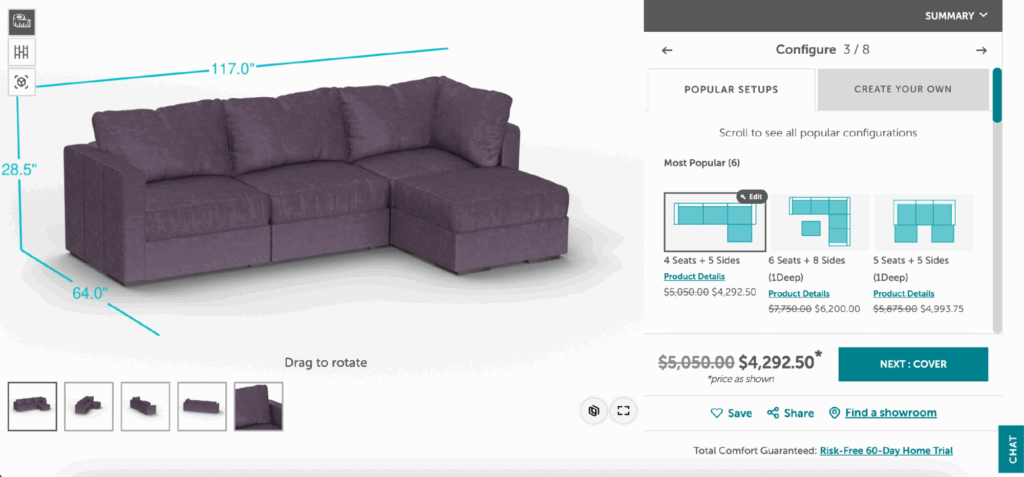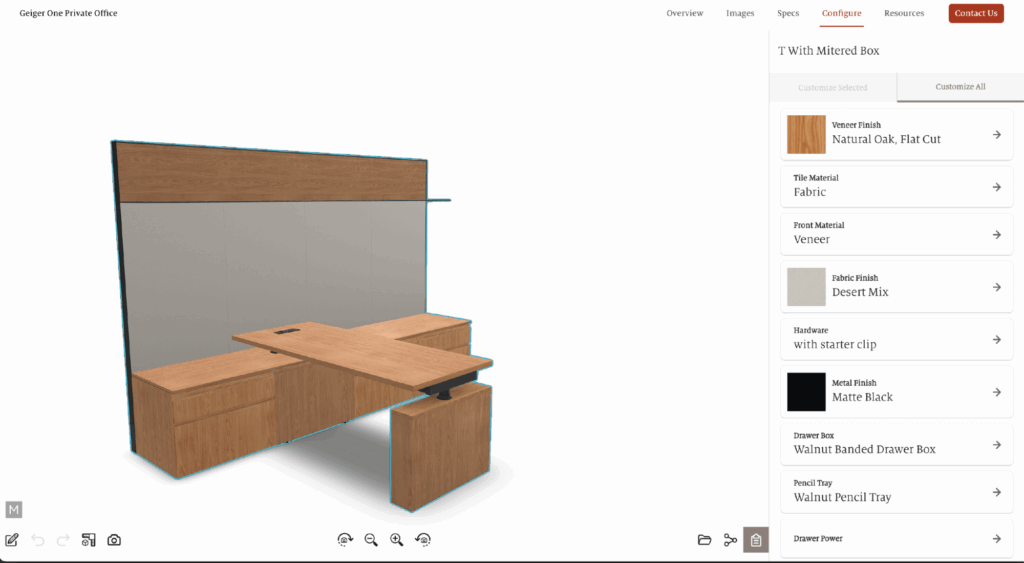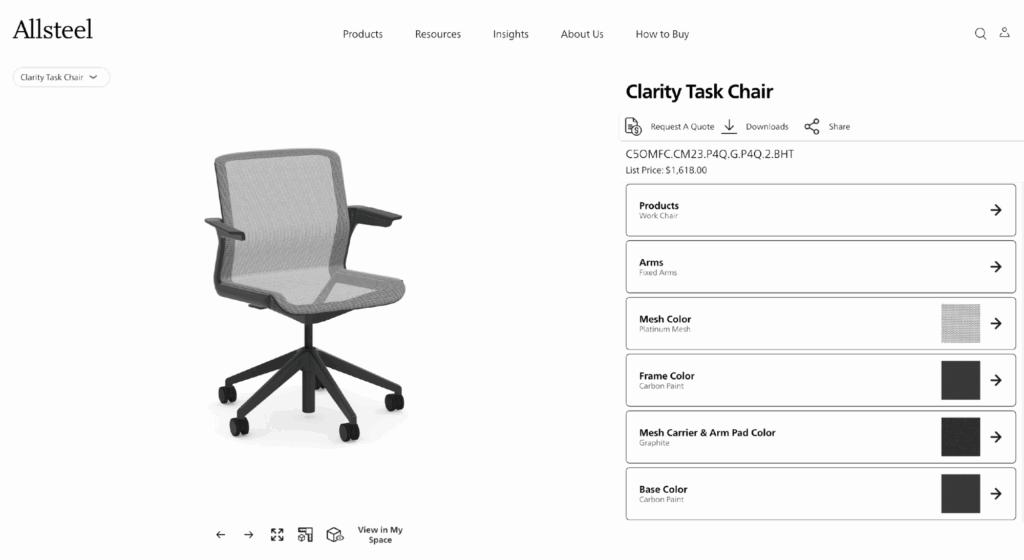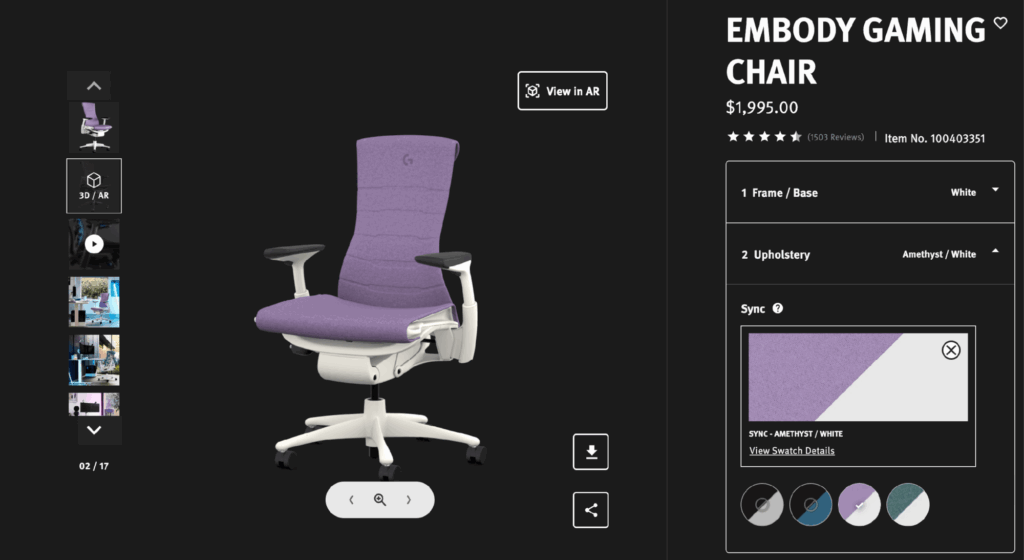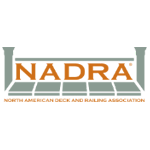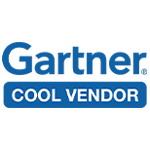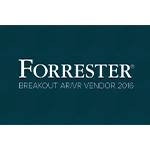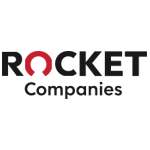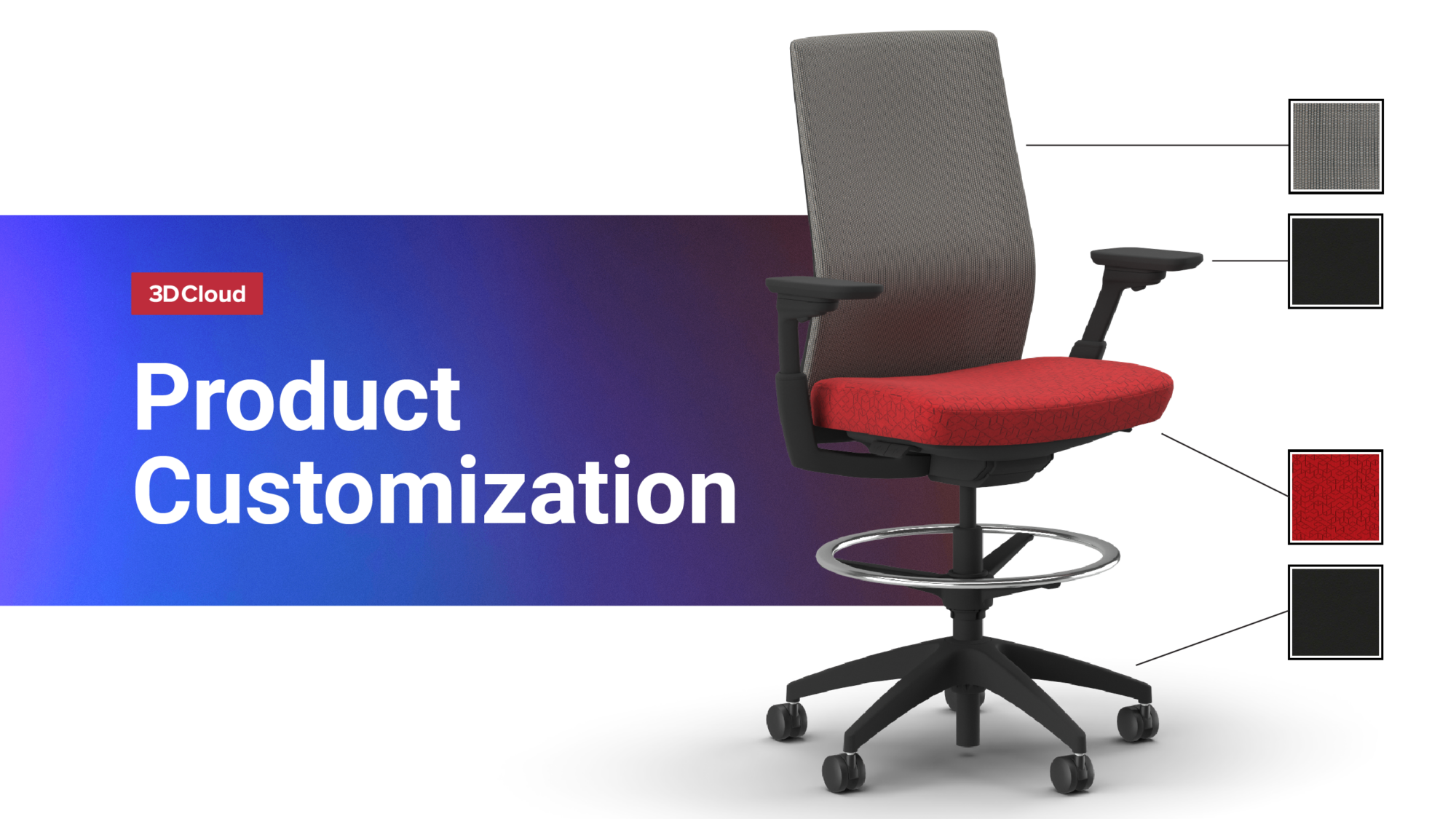
Product customization isn’t just a trend—it’s a proven way to deepen customer loyalty, reduce returns, and grow your business. This guide breaks down the types that matter, shares standout examples across industries, and offers strategies that scale.
Inside this article:
What is product customization?
Product customization lets customers choose features, colors, materials, and other options—often using interactive software tools. This ability gives people more control over their purchases, improves satisfaction, reduces returns, and cultivates brand loyalty.

Beck Besecker, CEO and Co-Founder of 3D Cloud
“When companies use 3D tools, they’re doing more than improving customer experience. They’re standing out from the competition and creating closer partnerships with designers and consumers,’ says Beck Besecker, CEO and Co-Founder of 3D Cloud. “In today’s market, 3D configuration and product customization have become essential tools to stay relevant over time.”
As Besecker explains, the key to helping customers choose what they want is the use of 3D product configurators, both online and in-store. These tools allow people to view a product from every angle and customize it by size, color, or features. As they make changes, the screen updates in real time to show exactly what they’ve built.
Configurators also display dynamic details—such as pricing, availability, or build specifications—based on a customer’s choices. By making the experience visual and interactive, they keep customers engaged and reduce hesitation, especially in 3D e-commerce.
This approach isn’t just intuitive—it’s what today’s shoppers want and expect. Insights from the 2025 3D Cloud Furniture Shopping Trends Study show just how important customization tools have become:
- 77% of buyers say real-time configuration helps them make decisions faster.
- 72% feel more confident when they can see custom products in 3D or AR.
- 68% prefer brands that offer digital customization tools, and are more likely to stay loyal to them.
These findings point to a major shift in expectations. Customization isn’t just a perk. It’s a decision driver and a loyalty builder.
Types of product customization
There’s more than one way to customize a product. Sometimes customers can adjust how it works. Other times, it’s about changing the look, swapping parts, or adding a personal message. Some approaches are simple. Others go deeper.
Here are five common types of product customization:
- Functional customization affects how the product behaves—whether that’s comfort, fit, or how it handles day-to-day use.
- Component customization involves switching out parts or modules, making it easier to build around specific needs.
- Aesthetic customization changes the surface—colors, textures, or finishes—without touching the way the product works.
- Personalized customization adds names, text, photos, or logos that make an item feel more personal.
- Mass customization strikes a balance: offering personalization at scale without long delays or premium pricing.
In many industries, these options come to life through different types of product configurators. From trying out furniture fabrics in a virtual room to adjusting sneaker colors on a mobile screen, people can see their changes in real time, before clicking “buy.”
Each of the five types has its own purpose, although there’s often an overlap. Swapping parts might improve function. Adding initials might affect the look. The goal is to give people products that feel like they were made just for them, even if they weren’t built from scratch.
Functional product customization
When function matters, customization starts under the surface. It’s about how a product fits, moves, supports, or performs, not just how it looks. These adjustments make a difference in everyday use, improving comfort, precision, or safety without redesigning the whole item.
Examples of functional customization:
- HON chairs: HON’s office chairs can be customized to match a person’s posture, height, and daily routine. A customer can adjust the lumbar support, seat depth, armrest type, and back height, then preview the changes in 3D or AR before ordering. Each tweak changes how the chair feels and performs, making it easier to work comfortably and stay supported for hours.
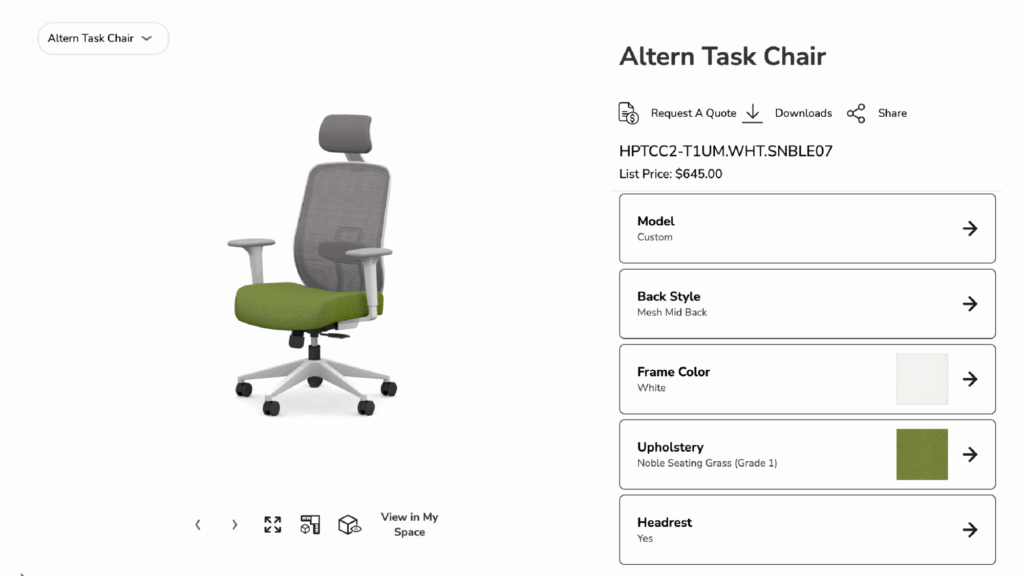
Adjust posture, support, and fit—HON’s configurator helps tailor how each chair feels and performs.
- Dell Technologies:Dell lets shoppers shape how their computer handles real workloads. Customers can choose faster processors, more memory, better graphics, or extra storage depending on what they’re using it for—editing video, running spreadsheets, or traveling light.
- VELDT helmets:Riders start with a carbon shell and add or remove parts—like the chin bar or venting—based on how and where they ride. The same helmet can work for a hot-weather commute or a long weekend trip. Each configuration affects comfort and protection.
Product component customization
Sometimes, what makes a product feel right isn’t how it looks. It’s what’s inside, or what it’s made from. With component customization, people don’t change the whole thing—they choose the parts. A different frame, a different neck, a different set of wheels. These changes shape how something performs, moves, or fits into a person’s life.
This type of customization is common in products with interchangeable elements. It gives people more say in how the item works for them, without adding cost or complexity for the brand.
Examples of component customization:
Fender Mod Shop: Fender makes it easy for customers to shape their own guitar without starting from scratch. They pick the body style and go from there. They choose the neck that fits their hand, the hardware that fits their sound, and the finish that fits their stage presence. The parts are modular, but the final instrument still feels personal.
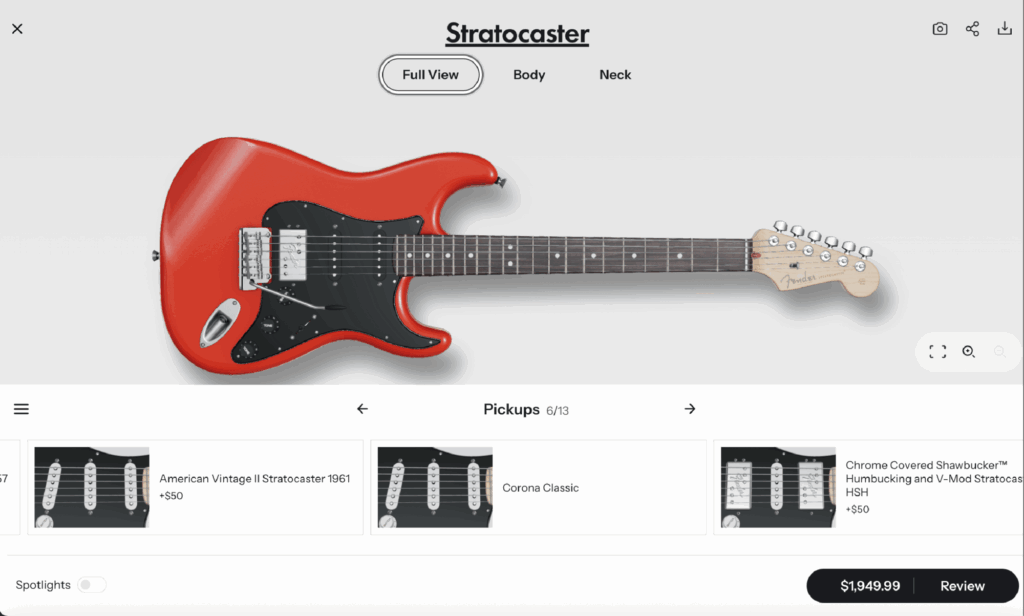
Build your guitar from modular parts—Fender lets you shape the sound, feel, and finish.
- Canyon bicycles: With Canyon’s bike builder, cyclists don’t just choose a model—they build it around how and where they ride. Maybe they want a shorter stem for tight handling, or a different saddle for long climbs. Riders choose each part to suit their body, terrain, and goals. The setup doesn’t look wildly different, but it rides exactly the way they want it to.
- BMW: The online configurator lets drivers choose components that affect comfort, performance, or both. Some opt for the sport package. Others swap standard wheels for something sleeker or add seats with more support. It’s the same model underneath, but the final car reflects different driving styles.
Aesthetic customization of products
Some products do what they’re supposed to—no changes needed—but still don’t feel quite right until customers adjust the appearance. That’s where aesthetic customization comes in. It doesn’t touch the functionality. Instead, it changes the color, finish, pattern, or material to reflect a person’s taste or style better.
This kind of customization is everywhere, from luggage and shoes to home goods and tech. It helps people feel more connected to what they buy, without changing how the item works.
Examples of aesthetic customization:
Design Within Reach: Their furniture doesn’t just sit in a person’s space—it reflects it. Customers can adjust materials, wood tones, sizes, or metal finishes until the piece fits the room’s vibe. The choices don’t change how the table functions or how the chair feels. However, once a person lands on the right combination, the design feels as though it belongs there.
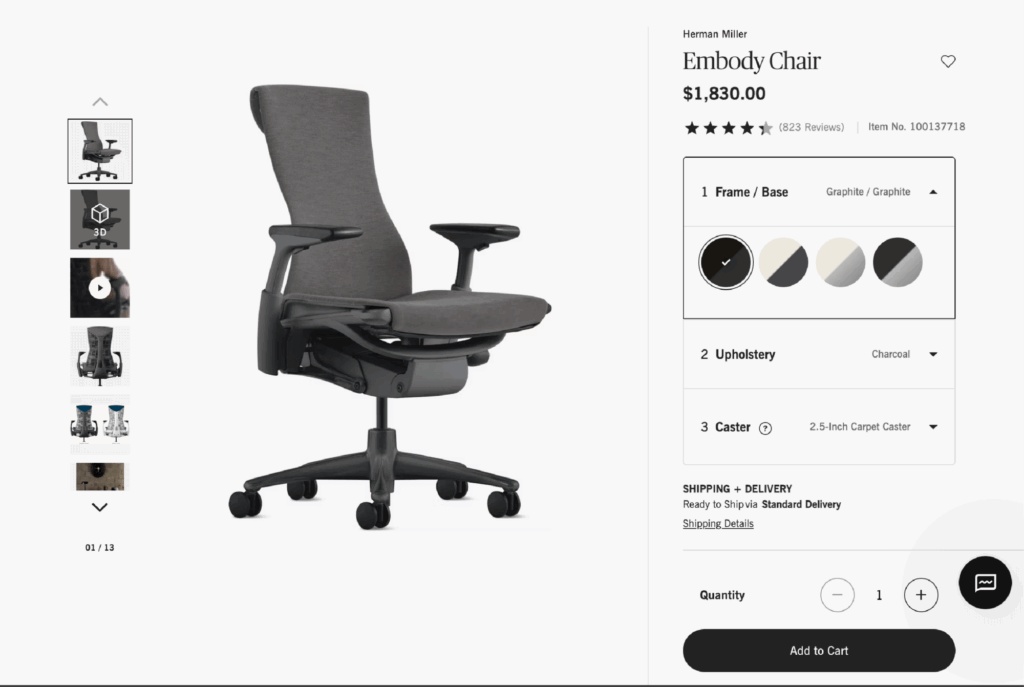
Choose fabrics, finishes, and materials—DWR helps you tailor a piece to match your space.
- Nike: Nike offers customers a base shoe, allowing them to customize the look with interchangeable panels, soles, stitching, and colors. They can keep it subtle or go bold. People can add initials, choose a retro palette, or match their team colors. The sneaker fits the same, but it tells a different story when they walk out wearing it.
- Away Travel: Away keeps its luggage designs clean and minimal, but offers just enough flexibility to make a suitcase personal. Customers pick the shell color, add a foil-stamped tag, or monogram the soft goods. Whether they’re traveling light or checking bags for a long trip, the exterior reflects their style.
Personalized customization with text and images
This is the type of customization that makes something feel truly personal. A name, a message, a photo, a design that a customer created—it doesn’t change how the product works, but it changes what it means. Personalized items often mark a moment: a gift, a milestone, or just something made with the customer in mind.
For businesses, this approach is straightforward to offer. For shoppers, it’s less about utility and more about identity.
Examples of personalized customization:
- Zazzle: Consumers select a product, such as a mug or tote, and begin layering their own design. It could be a name, a phrase, a logo, or even a family photo. The platform makes it easy to see the changes right away. What customers get in the end is familiar, but it carries their voice.
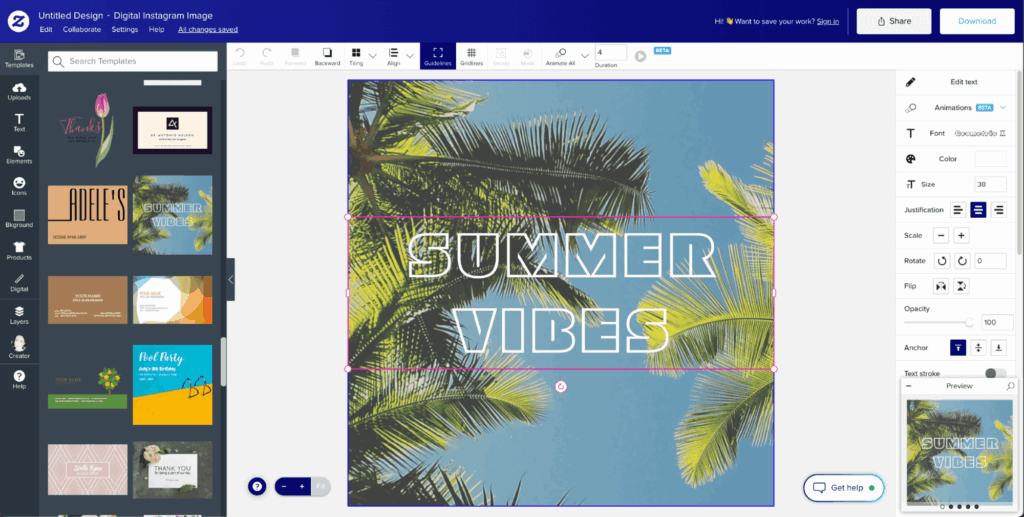
Add images, words, or designs—Zazzle turns ordinary items into one-of-a-kind pieces.
- Shutterfly: Personal photos become calendars, prints, books, and gifts. The layout tools are basic, which is part of the appeal. No design skills needed—just photos that mean something and a few minutes to place them. Whether it’s a gift or something a person will keep, the result feels personal because it is.
- Printify: Here, personalization meets production. Customers upload a design once, and Printify routes it to a print provider who produces and ships it on demand. It’s especially useful for small brands or creators—such as those selling custom shirts, mugs, or stickers—without having to hold inventory or manage fulfillment.
Mass product customization
Mass customization lives in the middle ground between made-to-order and off-the-shelf. Customers can personalize parts of a product—such as color, flavor, size, or packaging—but the brand still builds it using scalable processes. It’s how companies offer variety without slowing down production or driving up cost.
From a shopper’s perspective, the result still feels personal. From the brand’s side, it’s a win: fewer stockouts, less waste, and higher engagement.
Examples of mass customization:
MyMuesli: Customers start with a blank cereal blend and mix in their choices: grains, fruits, seeds, and nuts. They can even add their own name or image to the packaging. It’s all made to order, but the ingredients are pre-stocked and batch-ready. That keeps it efficient, even as every order turns out different.
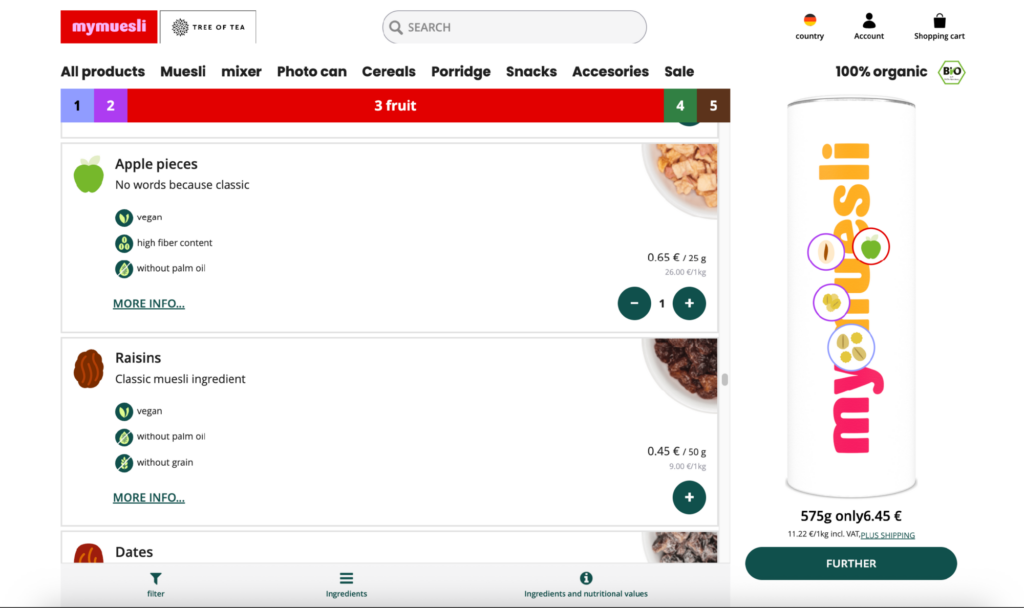
Choose the ingredients, name the mix—MyMuesli delivers it fresh in a custom-labeled container.
- Starbucks: Ordering a drink at Starbucks is a customization exercise in disguise. From milk type to syrup count, ice level, toppings, and tea blends, the options are nearly endless. Yet the process is streamlined enough to handle millions of unique combinations daily, without holding up the line.
- Gantri lamps: Gantri uses 3D printing to offer thousands of color and part combinations for its modern lighting designs. Customers select from a palette of shades, bases, finishes, and even cord colors. Because everything is printed to order using digital templates, personalization doesn’t disrupt production.
In the next section, you’ll see many more product customization examples, categorized by industry rather than type.
Examples of product customization by industry
Across many product categories, companies are giving customers more ways to make things their own. Whether it’s sneakers, tech gear, or furniture, consumers are no longer limited to off-the-shelf options. The customer’s input shapes the final product.
Furniture and home décor product customization
Consumers get to decide how each item looks and feels—materials, finishes, size, and function. The company takes care of the rest, shaping each piece to better complement the customer’s home and lifestyle within it.
Raymour & Flanigan
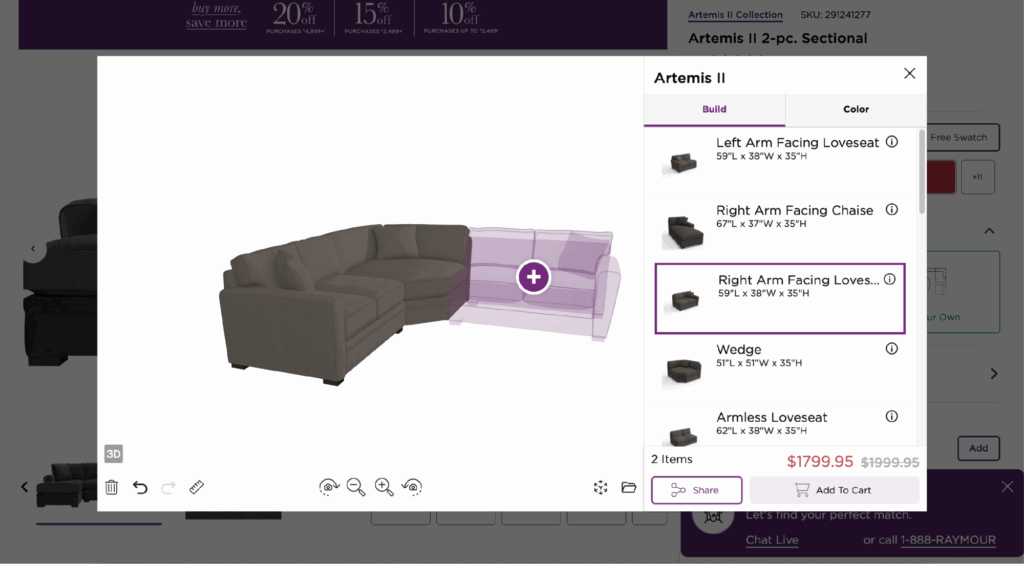
Consumers mix and match fabrics, finishes, and features to create furniture for their space.
Raymour & Flanigan lets people customize their furniture by choosing the shape, finish, material, and color. Then, customers can use the web-based 3D planner to design where the furniture will go in the room. The planner offers realistic visuals and photo renderings, enabling customers to visualize how everything comes together. They can save their design, share it with friends or family, and feel confident before making a purchase.
Lovesac
Lovesac’s modular seating system gives customers full control over what their setup looks like—and how it evolves. People start with as many seats and sides as they need, then change the layout whenever their needs shift. Covers come in dozens of colors and fabrics, all washable. Add-ons like built-in speakers, cup holders, and hidden storage make it easy to turn a couch into something more. Their bean bags (“Sacs”) are also customizable by size, shape, and cover style.
IKEA
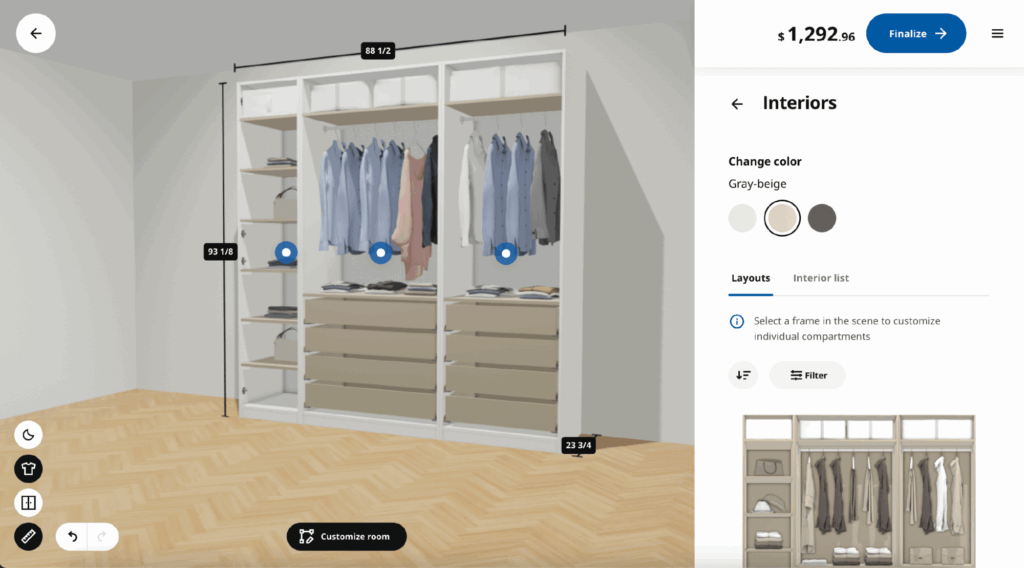
Plan and adjust a space with IKEA’s flexible tools and interactive room planners.
IKEA offers planning tools for almost every room in the home. With the PAX planner, customers can design modular wardrobes down to the shelf and drawer layout. Kitchen planning tools enable appliance placement, storage features, and cabinet finishes, and then customers can view it in 3D. IKEA Kreativ lets customers scan their actual room and drag products into place, so they can see what fits and what doesn’t before they buy. Customers can work through the process solo or book a virtual consultation with a planner.
Room & Board
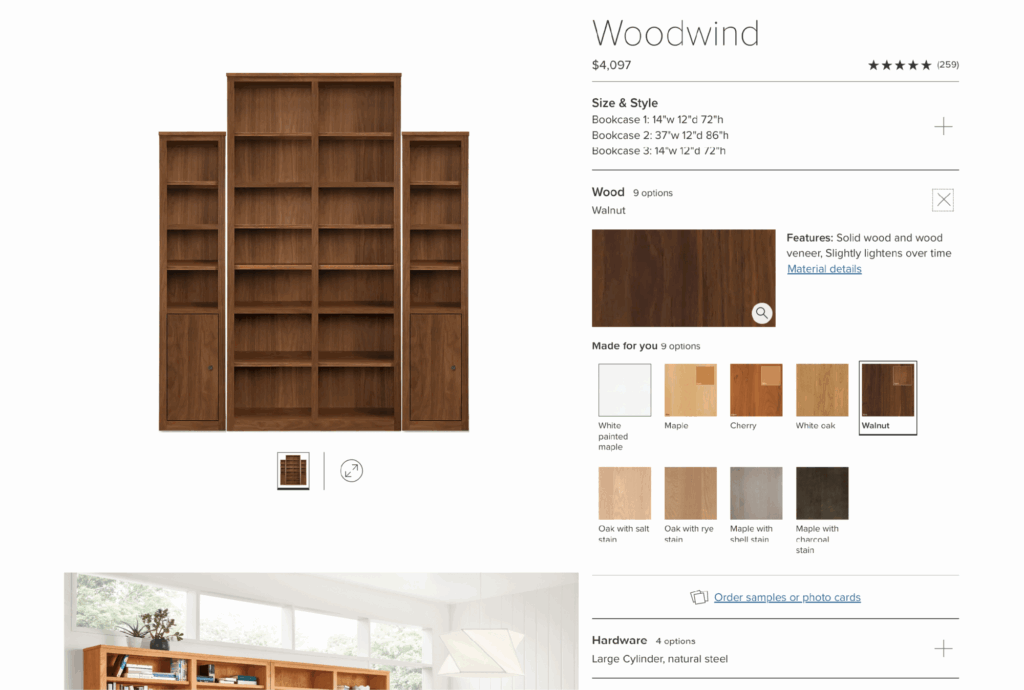
Pick the details that matter—Room & Board helps customers personalize core designs to fit their style.
Room & Board lets customers personalize the size, shape, and materials of most furniture pieces. For a sofa, people might choose the depth, length, leg style, cushion fill, and fabric. For a dining table, they can pick from dozens of wood types and edge finishes. Everything starts with a core design, then shifts based on the person’s selections. The result still looks like a Room & Board piece, but it fits their space and priorities. Orders are built to spec by U.S. makers and ship in a few weeks.
Fashion and apparel customization
Customers shape the look, feel, and fit of what they wear. Instead of working around limited sizes or fixed designs, they choose the details that match their body, their style, and how they move through the day.
Burberry
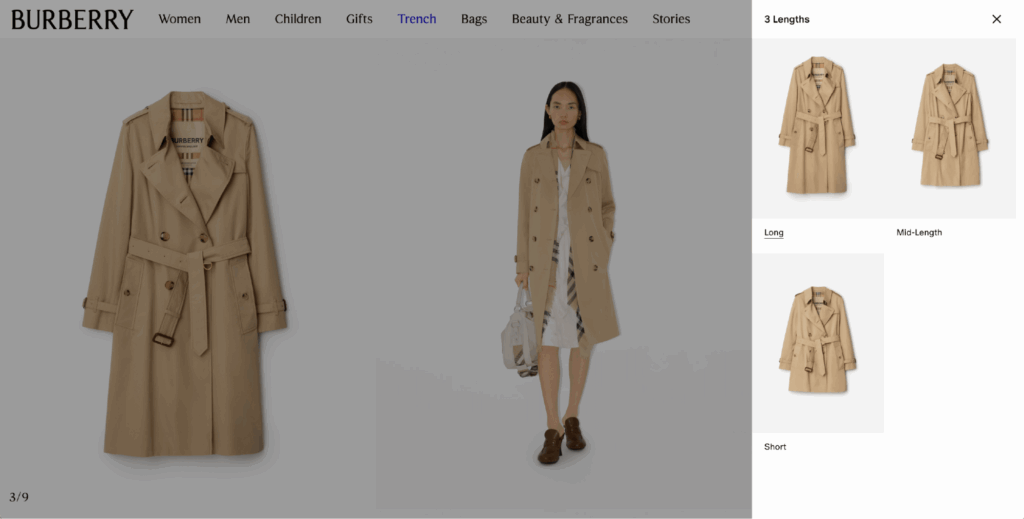
Pick the fabric, lining, and finishing touches—Burberry builds each piece to match a person’s style and fit.
Burberry’s trench coat customization program gives consumers control over everything from the cut and fabric to the lining, buttons, and stitching. They can add a monogram or tailor other details to reflect their preferences. The process works online or in-store with a stylist. Scarves and select leather goods are also part of the program, making it easy to build a wardrobe that feels refined, personal, and unmistakably theirs.
Mon Purse
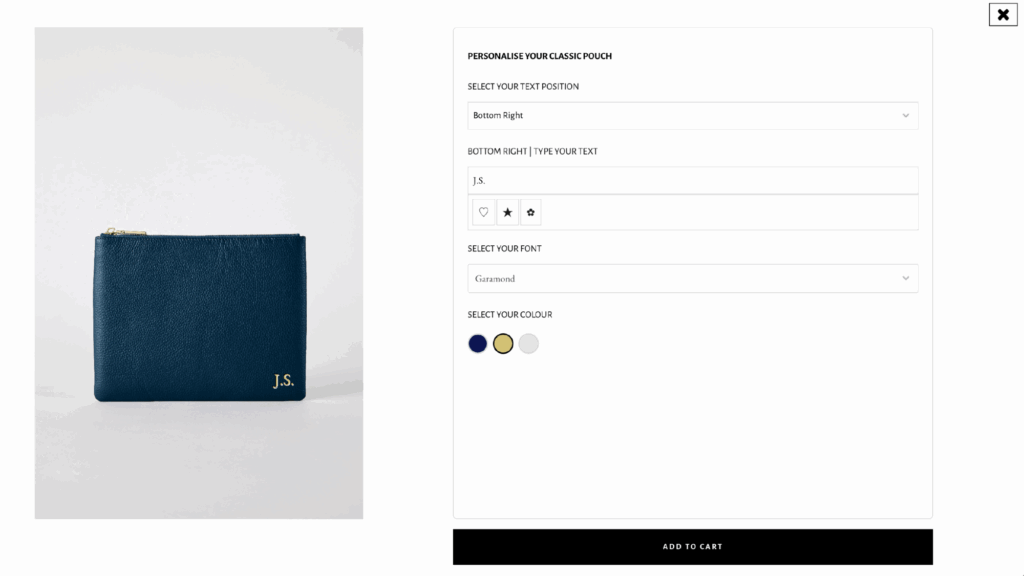
Customers select their leather, color, and features—Mon Purse creates a personalized accessory to match their style.
Mon Purse lets people design leather handbags, wallets, and accessories with a level of detail rarely seen in mainstream retail. Choose the bag shape, then customize the exterior and interior leather, hardware, stitching color, and optional features like fringe or monograms. The 3D interface updates in real time as customers build, so they can fine-tune everything before they commit.
Black Lapel
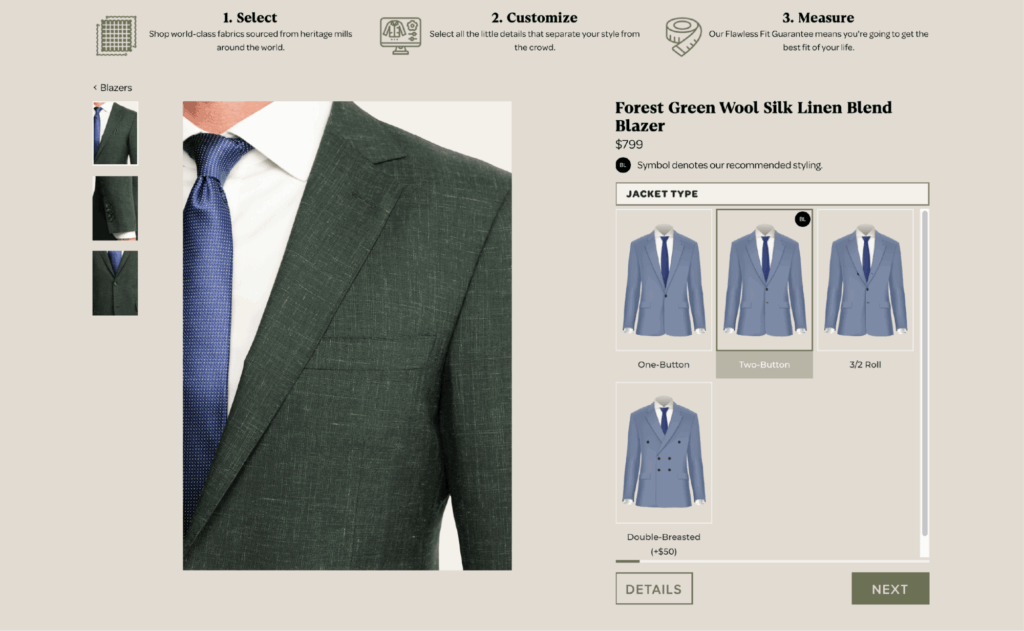
Pick the fabric, style, and measurements—Black Lapel crafts a custom suit that fits and feels right.
Black Lapel offers made-to-measure suits and shirts that reflect a person’s fit and taste. Customers choose the fabric and design details—such as lapels, vents, cuffs, and lining—then input their measurements or work with a virtual stylist. After the first order, reordering is simple because the fit data is saved. If needed, they cover tailoring to get everything just right.
Ministry of Supply
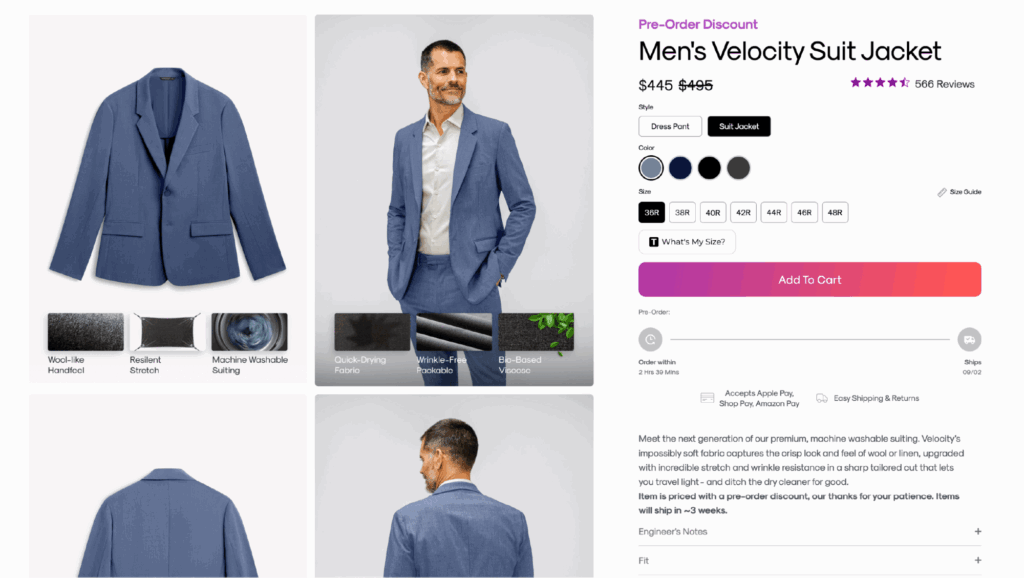
Design a seamless Ministry of Supply blazer that moves with the person, built for comfort, shaped by their choices.
Ministry of Supply customizes 3D-printed knit blazers based on a customer’s size and movement. Using robotic knitting, they create a blazer with structure in some areas and stretch in others, shaped by the person’s body and preferences. The result moves like a sweatshirt but looks like a tailored jacket—and it’s produced with near-zero material waste.
Jewelry and accessory customization
Jewelry and accessories often mark moments, reflect identity, or signal personal style. Customization lets people shape those pieces around what matters to them—choosing the materials, colors, stones, or engraving that carry meaning beyond the object itself.
Gemist
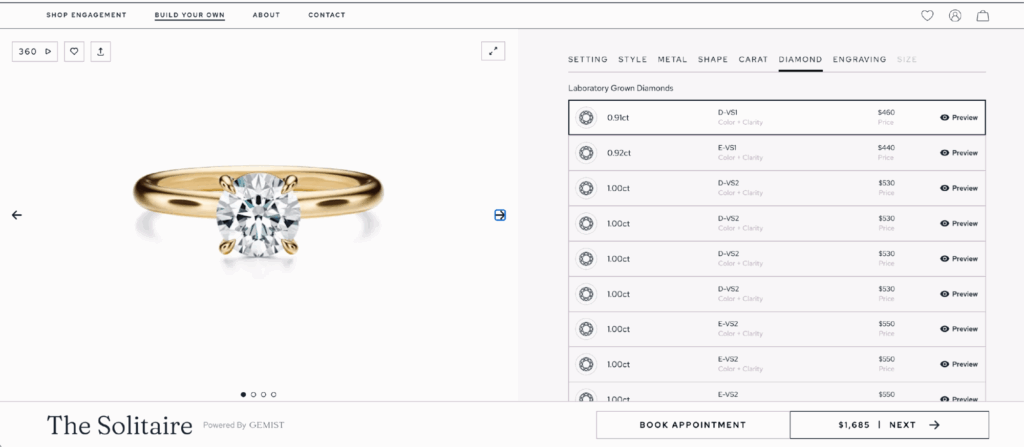
Clients choose the look, metal, and stone. Gemist’s platform helps jewelry brands offer custom designs fast.
With Gemist, customers don’t start from scratch—they start from a base, then make it their own. They might keep the band simple, but go bold with a custom stone. Alternatively, they might opt for a different metal that complements their skin tone or personal values. Customers can even try on a replica before buying the final piece. The idea is to give them freedom without complicating the process.
Apple Watch
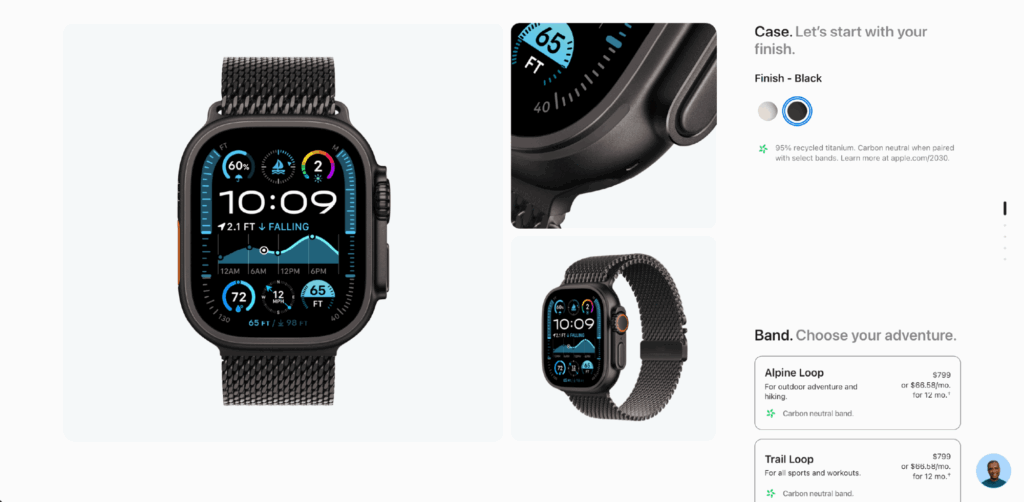
Apple Watch lets people control functions and looks for a unique blend of tech and style.
Most people have probably seen the watch, but the choices go deeper than many think. Case finish, band material, color combos—even the display widgets can all be tailored. One person might opt for a sleek and formal look. Another adds a bright band and fitness features. The hardware stays the same, but the way it looks and works is theirs.
Warby Parker
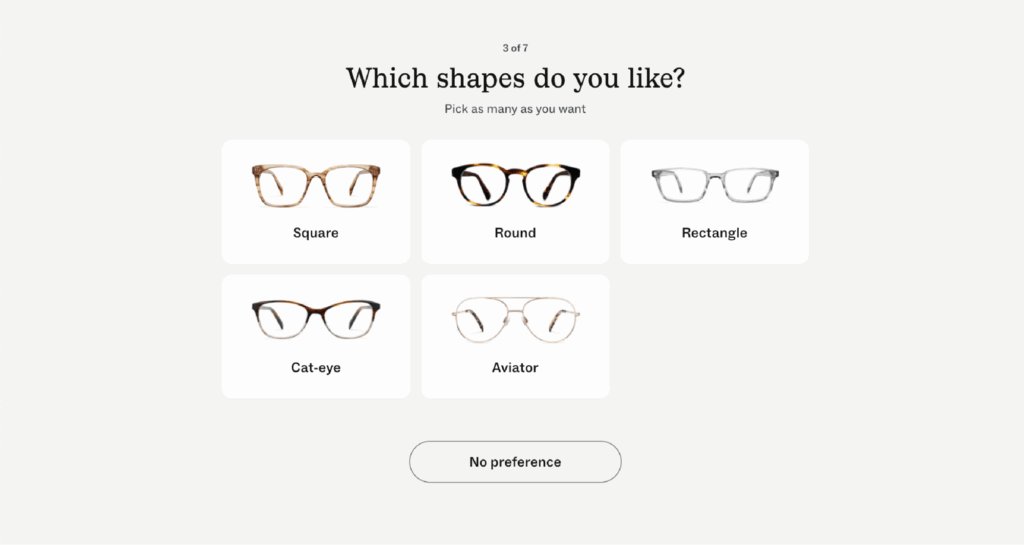
Choose the frames, lenses, and fit—Warby Parker tailors each pair to match the customer’s look and lifestyle.
The choices start with frames—round, square, narrow, wide—but they don’t end there. Customers can test styles at home, then add single-vision lenses, blue-light filters, or progressives. Even the lens shape can change if they switch frame size. It’s not full-blown design-your-own, but it’s more than just picking off a rack.
Food and beverage customization
People have strong opinions about what they eat and drink. Some want control over ingredients. Others care about routine or convenience. Customization ensures that the final product aligns with what someone actually wants, whether it’s bold, subtle, fast, or functional.
Coca-Cola Freestyle
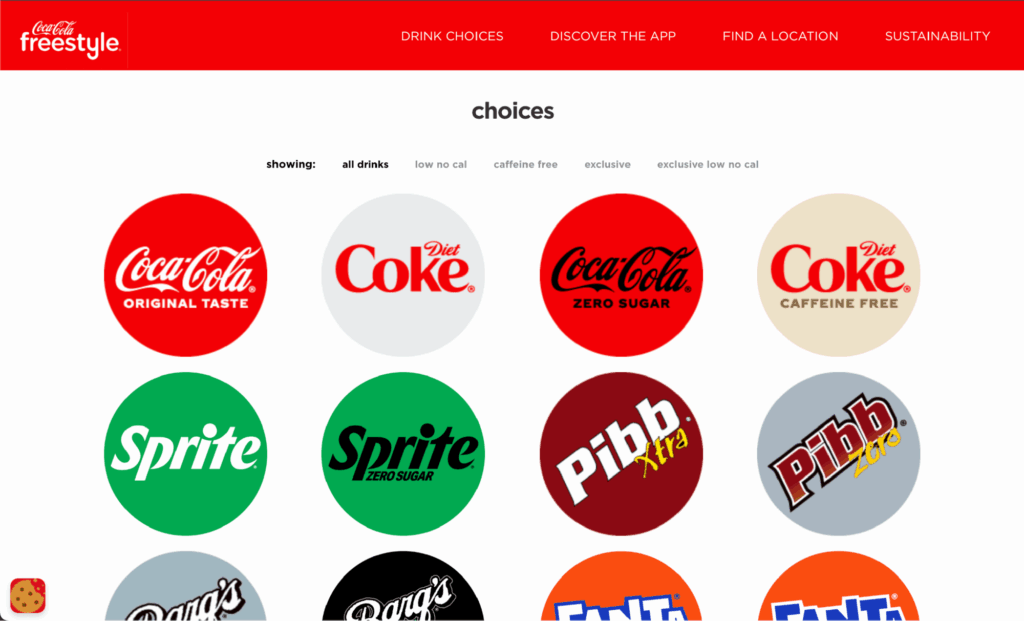
Pick a base drink, add flavors, and Coca-Cola Freestyle pours the custom mix on the spot.
At first glance, it’s just a soda machine. But once people start mixing, it becomes their own creation. Pick a base—Sprite, Coke, even Minute Maid—then layer in cherry, lime, or something unexpected. Some people save their mix in the app and order it every time. Others experiment every visit.
Baskin-Robbins Custom Ice Cream Cakes
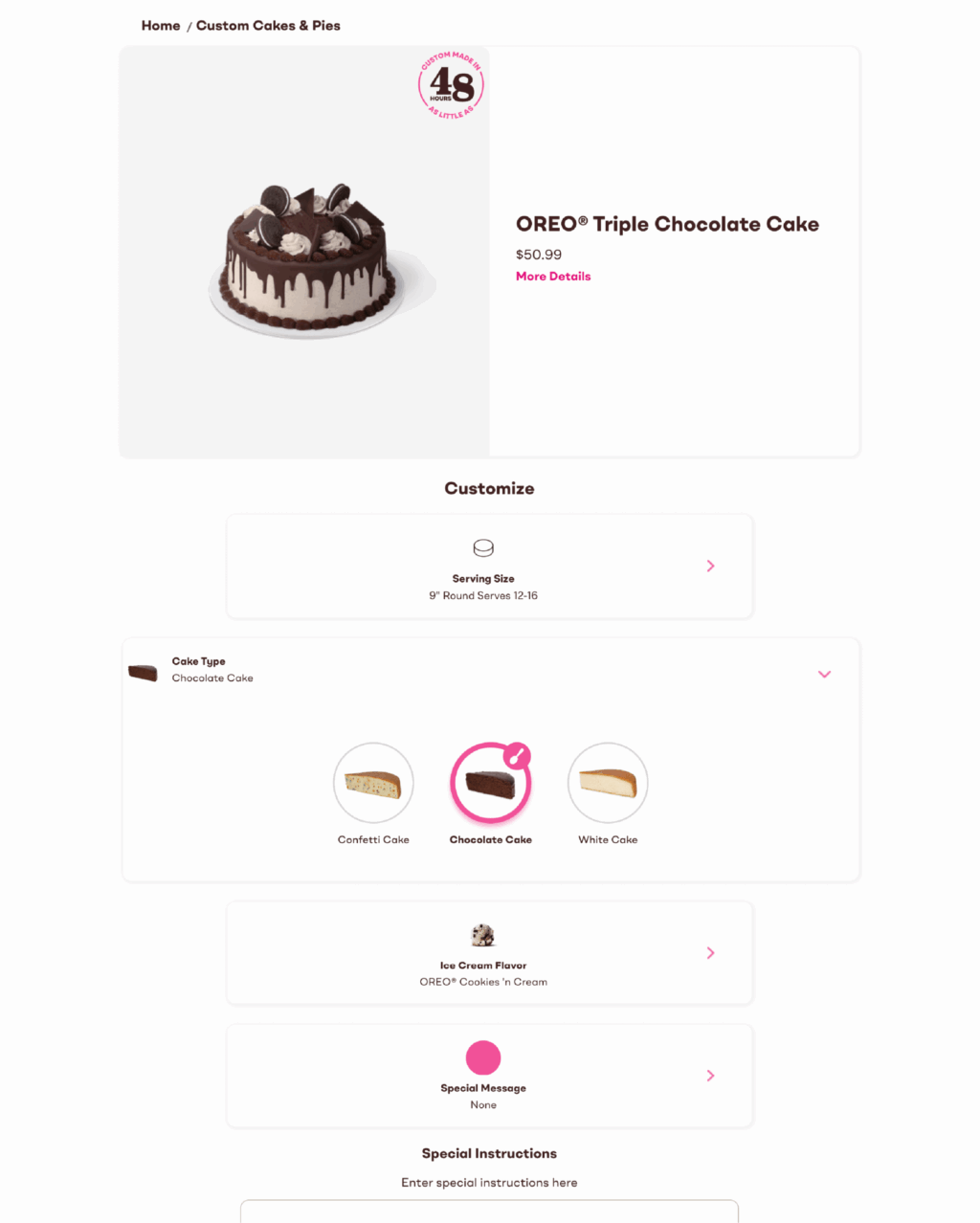
Pick the cake, ice cream, and decorations—Baskin-Robbins builds a personalized ice cream cake to an individual’s taste.
Customers choose the cake. They choose the ice cream. They decide how it looks. They can add a photo or a message, or just pick the colors and leave it simple. Every order is made at a local shop, so everyone still gets a personal touch—even when the system is built for scale.
Soylent
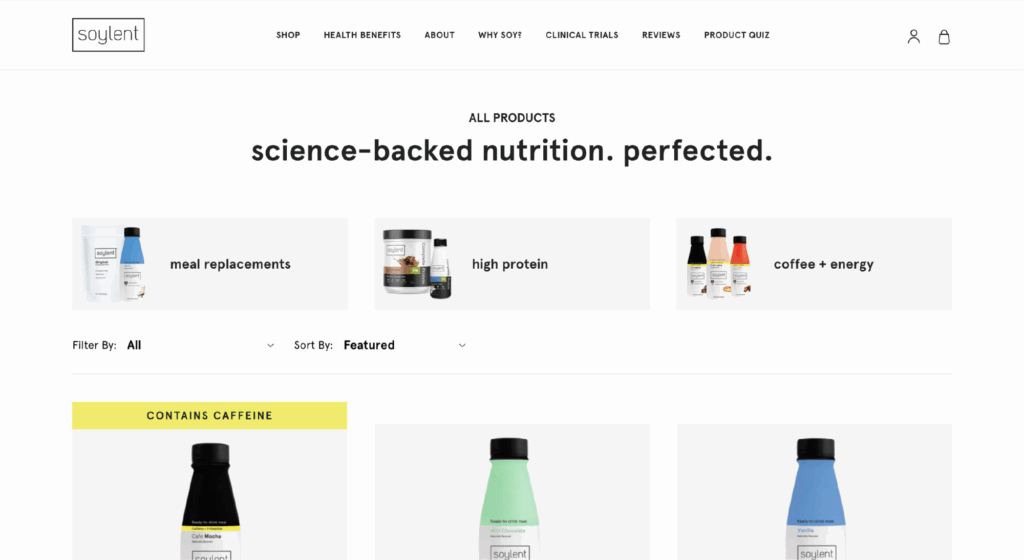
Soylent offers simple, nutrient-packed options tailored to how people eat, move, and plan their day.
Some people drink Soylent because they’re busy. Others drink it because they want a no-brainer way to hit their nutrition goals. Everyone can choose the flavors they like, how often they appear, and what form—powder, shake, or bar—fits their day. It’s not flashy, but it fits.
Customized gifts
A gift means more when it feels like it came from the person, not just a store. A date, a phrase, a memory turned into an object. That’s what customization offers here: something that feels less like a product and more like a message.
Etsy
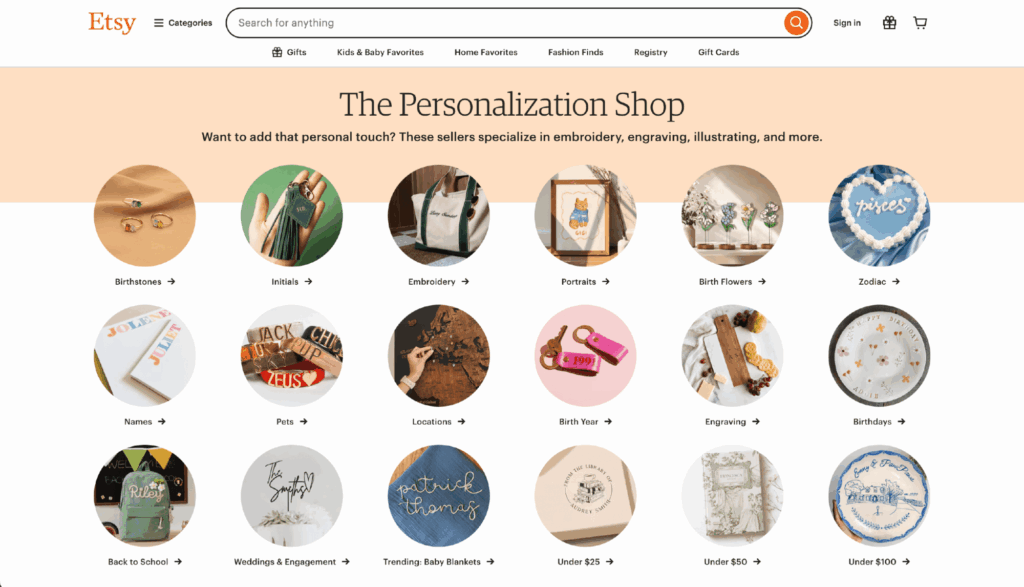
Customers pick what they want and add their personal touch, and an Etsy seller will create it just for them.
Etsy is home to thousands of independent sellers who offer customized gifts ranging from jewelry to home goods. Depending on the product, a person might add their initials, a name, a special date, or upload an image. Many shops also offer design previews and message customers before production to confirm the details. Each piece is made to order, and most items feel handmade, meaningful, and personal—because they are.
Things Remembered
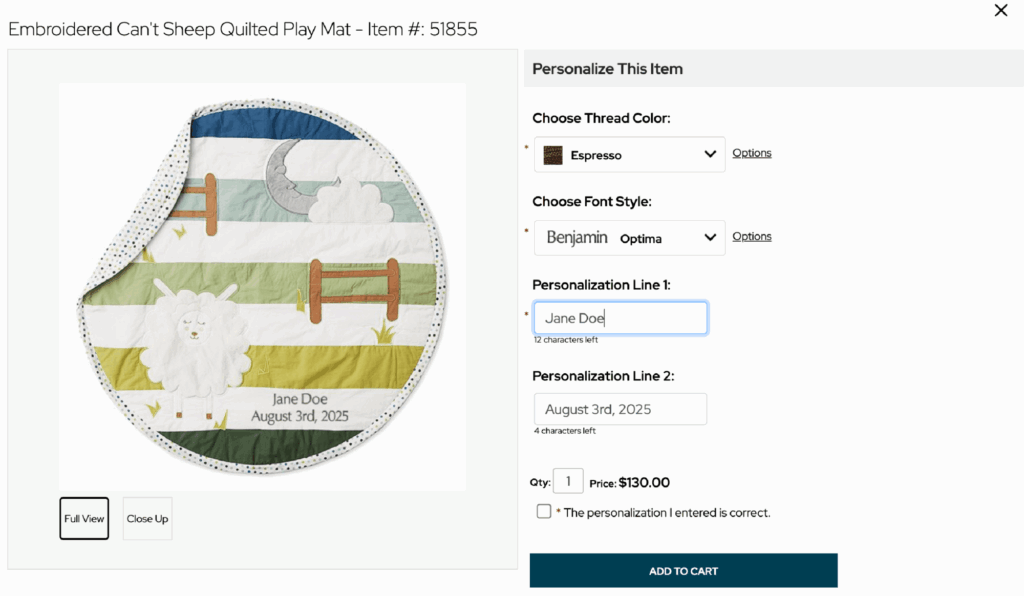
Pick a gift, add a message—Things Remembered makes it personal with custom engraving or embroidery.
Things Remembered specializes in personalization, offering engraving, etching, and embroidery on a wide range of items, including glassware, keepsakes, jewelry, and more. Customers choose the product, then add text such as names, dates, or short messages. Some pieces allow monograms or icons. Orders are fulfilled online or in-store, usually within a day or two.
Uncommon Goods
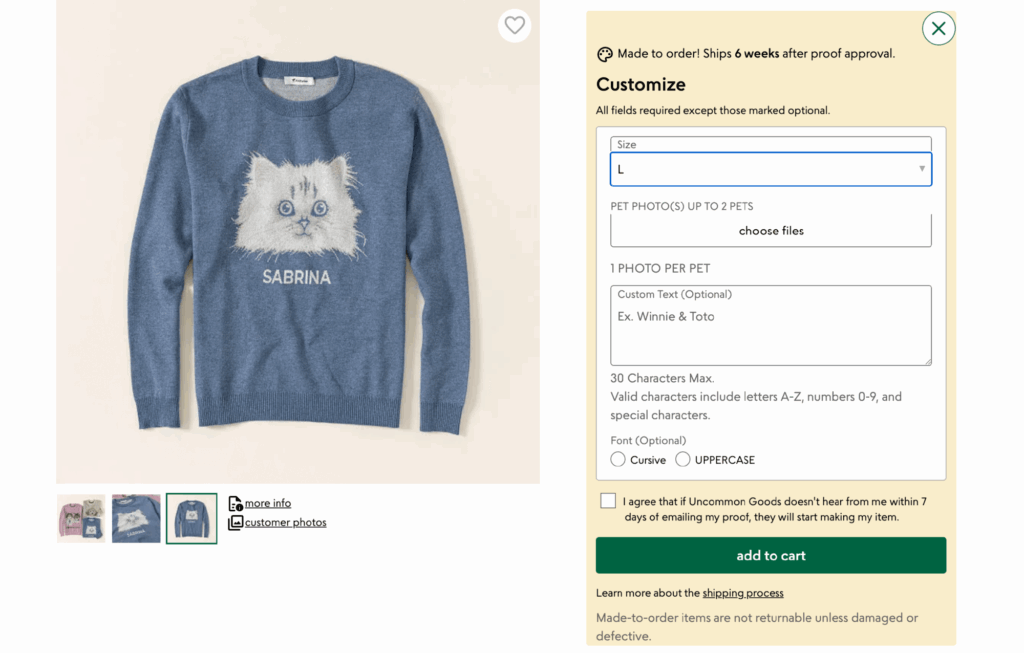
Uncommon Goods partners with makers to craft thoughtful, custom pieces designed around a person’s story.
Uncommon Goods curates handcrafted, custom pieces from artists and small studios. Many items include fields where people can add their own words, coordinates, recipes, or designs. Some allow color or material changes as well. Since each product is made by an individual maker, delivery can take a little longer, but the result is something truly one of a kind.
Other product customization examples
Not every product fits neatly into a single category. Some brands apply customization in surprising ways—whether it’s packaging, print, sound, or small-batch production. These examples show how even unexpected items can reflect individual taste and intent.
Bite Beauty Lip Lab
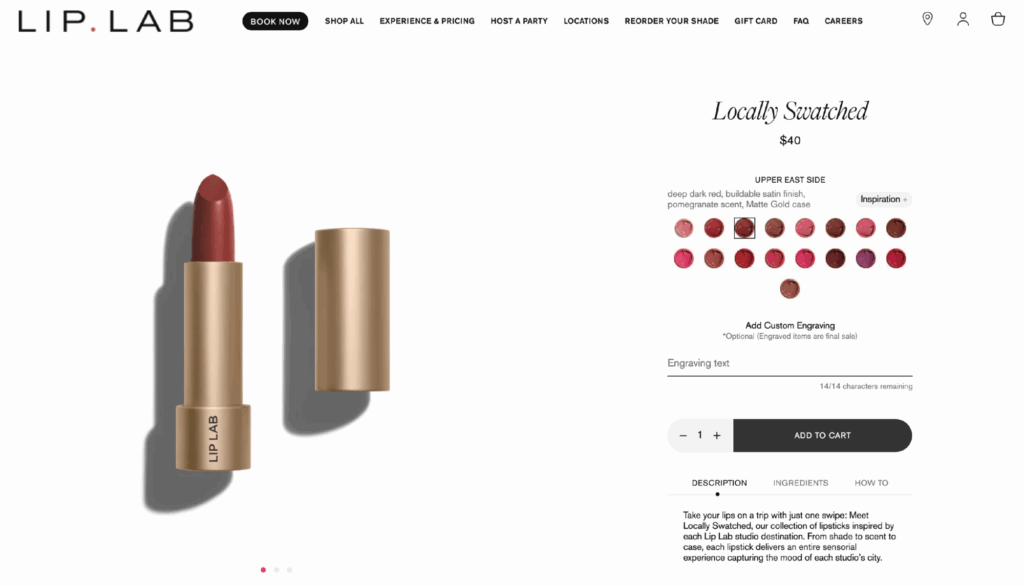
Pick the shade, scent, and finish—Bite Lip Lab blends a custom lipstick made fresh by their artists.
Bite Beauty lets customers design their own lipstick in-store or online. People start by picking a base, then work with a Lip Lab artist to choose the finish, pigment, and scent. They can even name their shade. After testing and tweaking, their lipstick is blended and molded while they wait. It’s a hands-on experience that’s both creative and personal.
Boomf
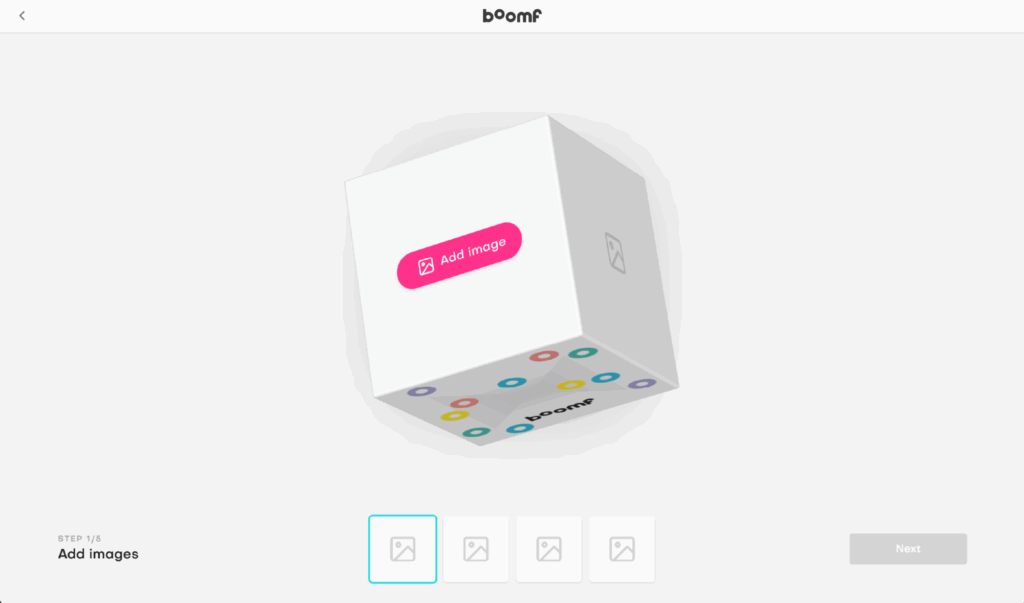
Convert photos into sweet treats—Boomf personalizes marshmallows for fun, edible, memorable gifts.
Boomf prints customers’ uploaded photos onto gourmet marshmallows, transforming them into edible gifts. Customers choose the images, flavor, and box design. Each marshmallow is printed with food-safe ink and packed neatly in a gift-ready box. It’s playful, unexpected, and built for occasions that call for something personal.
Postable handwriting fonts
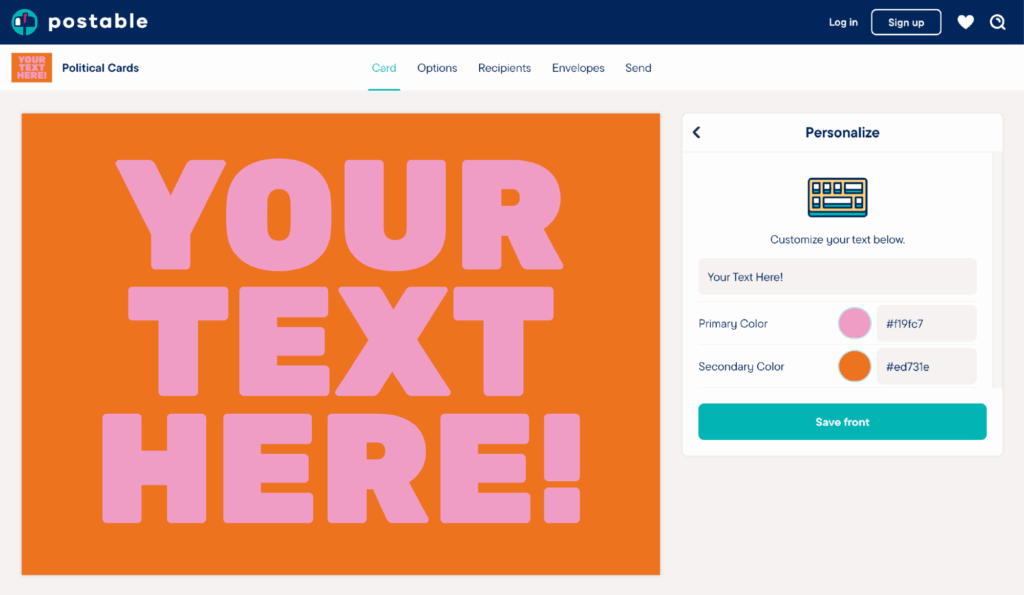
Postable turns your typed message into beautifully smart‑handwritten cards, printed, addressed, stamped, and sent by them, saving you time and effort.
Sometimes people want a handwritten card, but don’t have the time—or the handwriting. Postable lets customers type their message online and choose from handwriting-style fonts that feel personal. Postable prints and mails the card, so it looks like the customer wrote it, even if they didn’t.
Moonpig
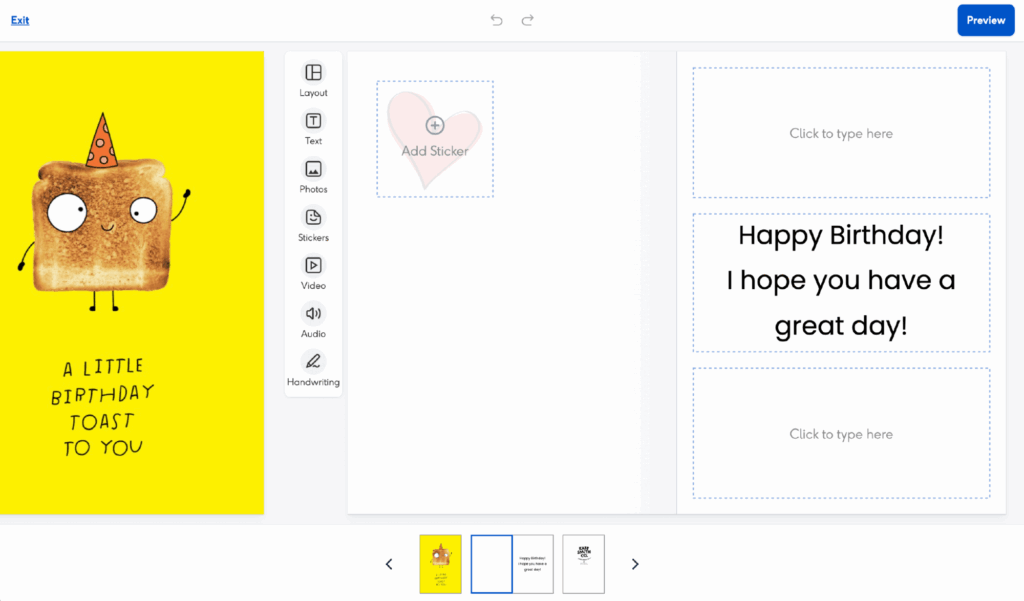
Design a custom greeting card—Moonpig prints a customer’s message and mails it directly to the person they choose.
Moonpig lets customers personalize greeting cards with their own photos and words. Whether it’s a birthday, a thank-you, or something just because, consumers choose the design, add a message, and Moonpig prints and mails it for them. It’s quick, easy, and feels more thoughtful than pulling something off the rack.
reMarkable
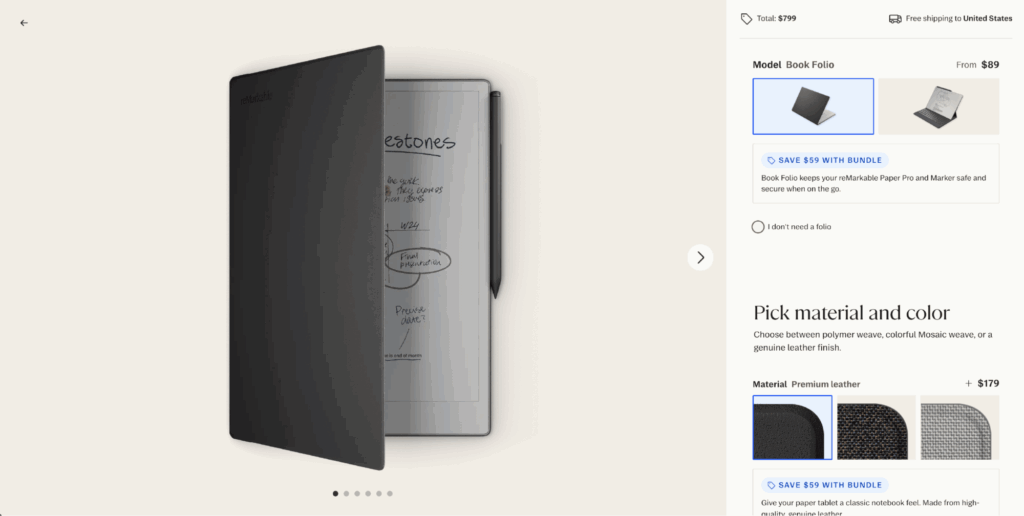
People can customize how they write, sketch, and think—reMarkable adapts to their style with paper-like precision.
The reMarkable tablet is built for people who think better on paper. Customers choose how they want to work—lined, grid, planner, blank—and the templates shape themselves around the customer’s writing style.
Husqvarna
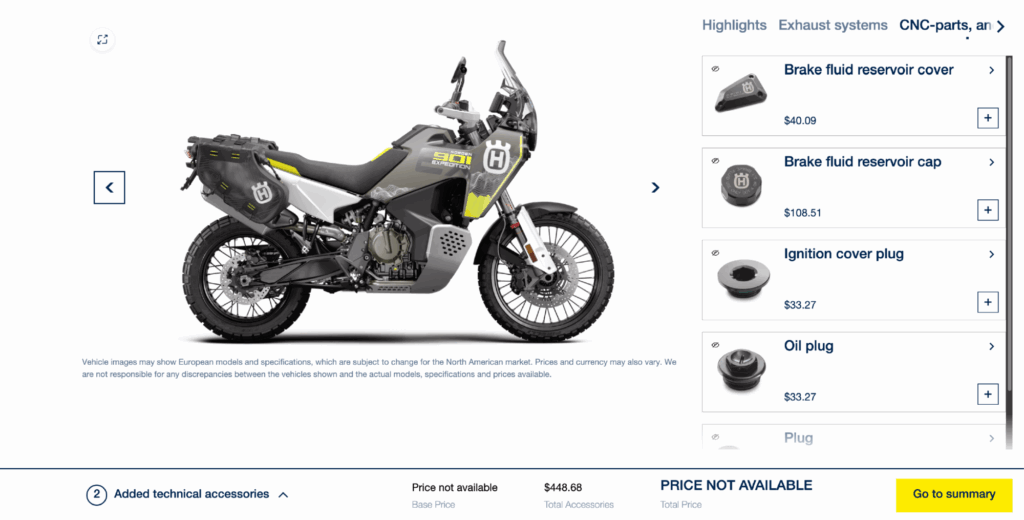
Shape every detail with Husqvarna configurator—style, function, feel—for a singular bike.
Husqvarna’s bike configurator lets riders fine-tune select models online. Start with the base—motocross, enduro, or street—and adjust features like seat height, color scheme, or performance kits. Customers can add accessories like handguards or slip-on exhausts, preview the changes, and send their build to a local dealer.
SONOS
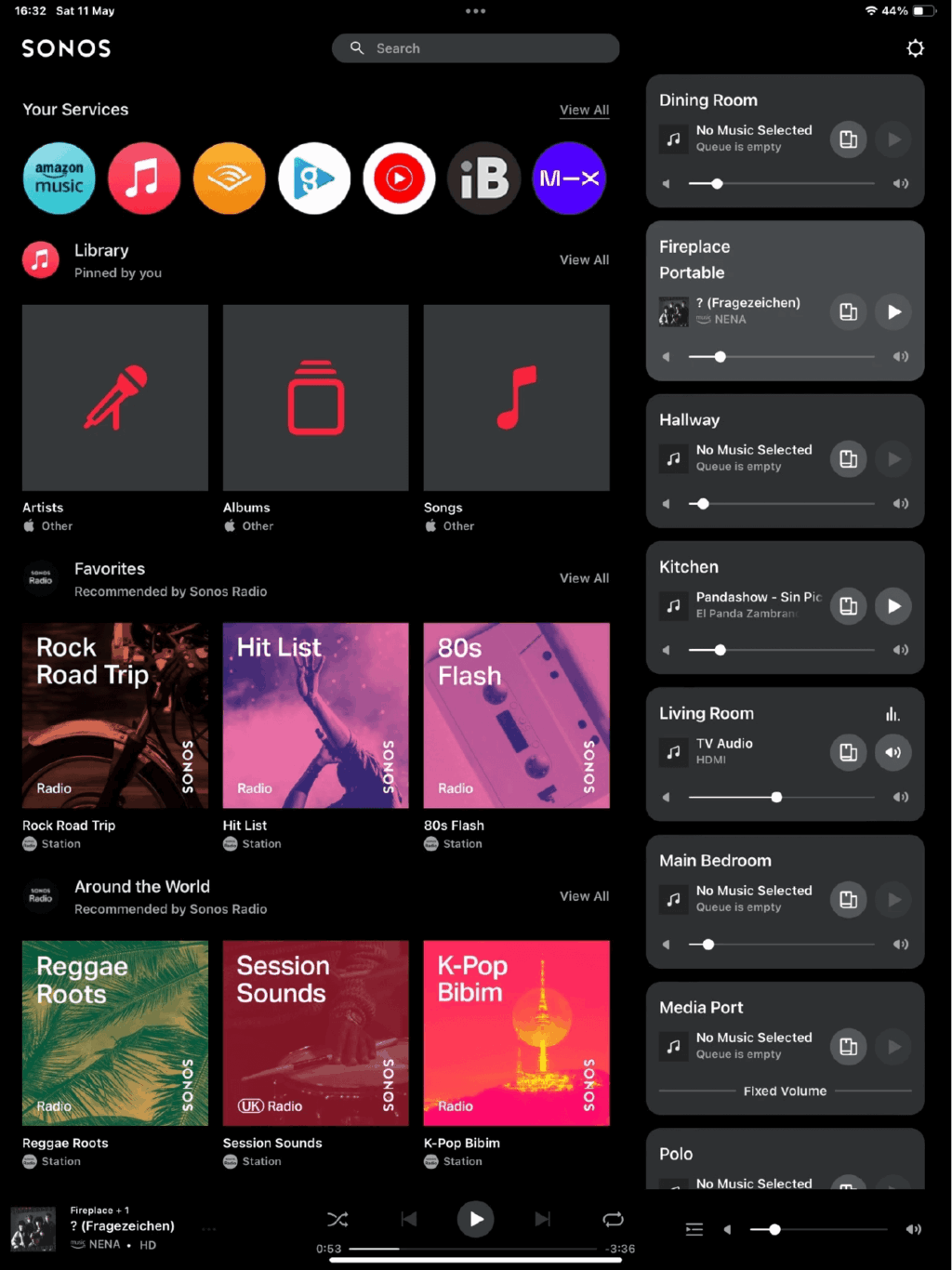
Trueplay fine-tunes Sonos speakers to match the sound of the customer’s room, delivering clear, balanced audio.
Sonos speakers include a tuning tool called Trueplay. Once the speaker is set up, customers use their phone’s mic to measure how sound reflects off their room’s surfaces. The system then adjusts audio output to match the space, tightening bass, boosting clarity, making everything sound more balanced.
Product customization strategies that scale
Product customization sounds great in theory—until it slows production, increases complexity, or creates chaos in fulfillment. That’s why strategy matters. To work at scale, customization must feel personal on the front end, but stay efficient behind the scenes.
In a 2018 study titled “The relationship between servitization and product customization strategies ,” researchers analyzed survey data from 931 manufacturers across 22 countries. They found that companies offering personalized products were also more likely to offer advanced services, like design assistance, digital tools, or on-demand support. These services made their customization more attractive, easier to deliver, and harder to replicate.
The takeaway: the product isn’t the only thing that’s customizable. The business model has to flex, too.
Here are six approaches that companies use to offer customization at scale, without sacrificing clarity, control, or cost.
- Co-creation: Co-creation gives customers a seat at the design table. It’s not just about picking from pre-set options—it’s about contributing to the final result. The approach works especially well in emotionally significant purchases, such as jewelry, where buyers want the product to reflect their personal story.
Jewelry company Brilliant Earth has built its entire brand around co-creation. Shoppers choose every element of an engagement ring, including the setting, the metal, the stone type, and the cut. They can add engraving and preview their design online—or walk into one of more than 40 U.S. showrooms and do the same in person, with no customization upcharge.

Beth Gerstein, Brilliant Earth CEO
“Dynamic product customization has been part of our approach from the start,” says CEO Beth Gerstein. “We understood early on that people often want jewelry to reflect something meaningful, so we built customization tools that let customers play a bigger role in the design process.”
She continues: “As we grew, we saw that interest in product customization only increased. People care more now about expressing themselves through the choices they make—not just in sourcing and materials but also in style. Giving people the option to personalize their piece—whether it’s a ring or another item—helps ensure they don’t have to compromise on their values or vision… every piece we craft tells their story.”
Brilliant Earth’s model proves that co-creation doesn’t have to slow down operations—it can be the reason people choose your brand.
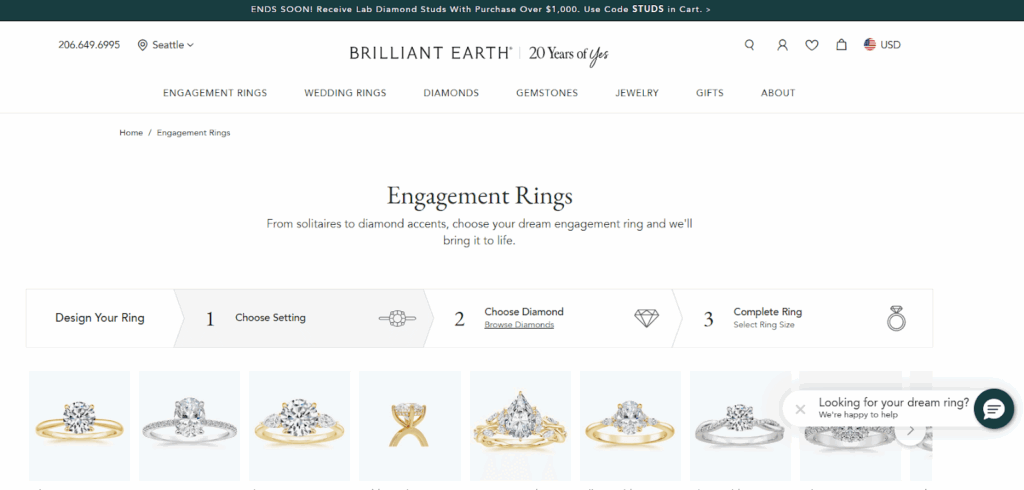
Brilliant Earth uses responsibly sourced stones to craft a customer’s custom engagement ring and other jewelry.
- Modular design: Customers build products from pre-defined, swappable parts. This keeps production tight while allowing for meaningful variety. It’s widely used in furniture, cabinetry, and consumer electronics—anything with a defined structure and optional elements. The real advantage: Brands only need to stock modules, not full product variants. Customers mix and match to create what they want, and the back end stays lean.
- Low-complexity personalization: Sometimes, all someone wants is a monogram or a specific color. Low-complexity personalization limits the scope of customization—names, initials, logos, simple add-ons—but delivers high perceived value. It’s especially useful for mass-produced items, such as mugs, notebooks, and apparel. These small touches help products feel personal without requiring new parts, extended timelines, or complex tooling.
- Configure-to-order (CTO): In CTO systems, final assembly doesn’t begin until the customer places their order. All components are stocked, but products aren’t pre-built. This limits unsold inventory while offering customers more control over the final product. CTO works well for furniture, electronics, and other configurable items with multiple compatible parts. It also reduces risk for brands by keeping core inventory flexible and responsive to real-time demand.
- Intelligent interfaces: 3D configurators, augmented reality previews, and real-time product builders help shoppers visualize what they’re creating. These tools reduce friction, increase confidence, and sync directly with manufacturing systems. Whether someone’s adjusting colors, finishes, or sizing, the changes are visible and immediate, leading to better outcomes on both sides. Interfaces like these scale well because they put the complexity into the software, not the supply chain.
- AI and fit tools: Fit-focused tools use measurements, photos, or quizzes to guide buyers toward options that suit their needs. Instead of exploring every possible combination, customers get recommendations that feel tailored, without manual configuration. On the back end, this reduces returns, simplifies fulfillment, and lowers the support burden. It’s one of the few forms of customization that gets smarter and more efficient over time.
Benefits of Product Customization
Product customization helps people get exactly what they want—and helps businesses stand out while staying efficient. When done well, it improves satisfaction, strengthens loyalty, and drives long-term value on both sides of the transaction.
Benefits for businesses:
- Stronger customer loyalty: Personalized products create an emotional attachment, which often leads to repeat business and stronger retention.
- Higher margins: Shoppers are more willing to pay for items that feel tailored, especially in categories like fashion, furniture, and gifts.
- Market differentiation: Customization adds a layer of uniqueness that’s hard to copy, helping brands compete on value rather than price.
- Better customer insights: Each customization choice is data—what colors people pick, what features they add—which can inform future product decisions.
- Lower return rates: When buyers know exactly what they’re getting, they’re less likely to send it back.
- More upsell and cross-sell opportunities: Customization journeys naturally lend themselves to add-ons, like monograms, accessories, or upgraded components.
Benefits for consumers:
- Personal expression: Customization turns a product into a reflection of taste, identity, or lifestyle.
- Better product fit: Whether it’s a more accurate size, a specific feature, or a design tweak, customers walk away with something that matches how they live or work.
- Higher satisfaction: People are more likely to love (and keep) something they had a hand in shaping.
- Sense of ownership: Even small choices—like colors or engravings—make the item feel more theirs, not just something pulled off a shelf.
How leading brands implement 3D product customization
Companies that integrate 3D configuration and visualization into the buying experience see clear gains—more confident shoppers, fewer returns, and smoother sales cycles. The examples below demonstrate how 3D Cloud’s tools enable major furniture brands to bring product customization to life in real-time, both online and in-store.
- Geiger

Choose the size, finish, and layout—Geiger builds a customer’s private office setup around their picks.
Geiger uses 3D Cloud’s real-time configuration platform to help buyers design private office setups using modular case goods. The tool includes ten ready-made templates and lets users adjust materials, finishes, and dimensions on the fly. Every change updates instantly on screen, helping customers visualize their space, reduce uncertainty, and make confident decisions, without needing a designer.
- Allsteel

Select materials, features, and layout—Allsteel helps people create workspaces that fit how they work.
Allsteel’s configurator, powered by 3D Cloud, supports everything from product spin to full-room layout. Users can preview finishes, adjust features, and explore layouts in WebAR—all in real time. It connects seamlessly with CET, Revit, and SketchUp, allowing design pros and buyers to drop customized items straight into working floor plans. The result: faster approvals and fewer back-and-forths.
- MillerKnoll

Customers can adjust every detail—from materials to layout—and watch their design take shape as they go.
MillerKnoll uses 3D Cloud’s platform to let buyers personalize products across multiple categories. The system links product logic with high-fidelity 3D visuals, so users can tailor dimensions, colors, or configurations while seeing the impact instantly. This streamlines the buyer journey from exploration to order and reduces fulfillment errors by aligning what customers see with how the product is built.
How 3D Cloud streamlines product customization
3D Cloud scales 3D content creation across entire product catalogs, delivering every variation and finish in crisp, high-definition detail. With the capacity to support virtually infinite SKUs, you can launch and maintain expansive catalogs without adding production bottlenecks. Model products once and reuse across multiple applications including 3D product page features, 3D Cloud product configurators, 3D Cloud modular configurators, and 3D Cloud room planners. From complex configurations to quick design refreshes, every option stays accurate and ready to present.

